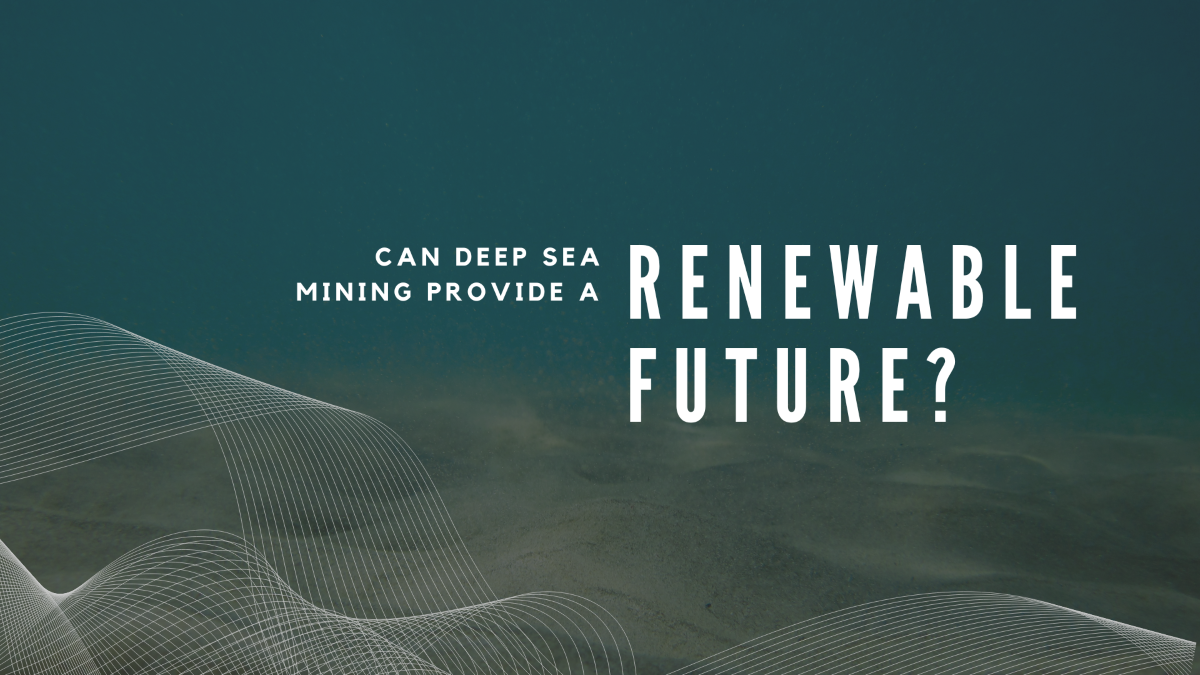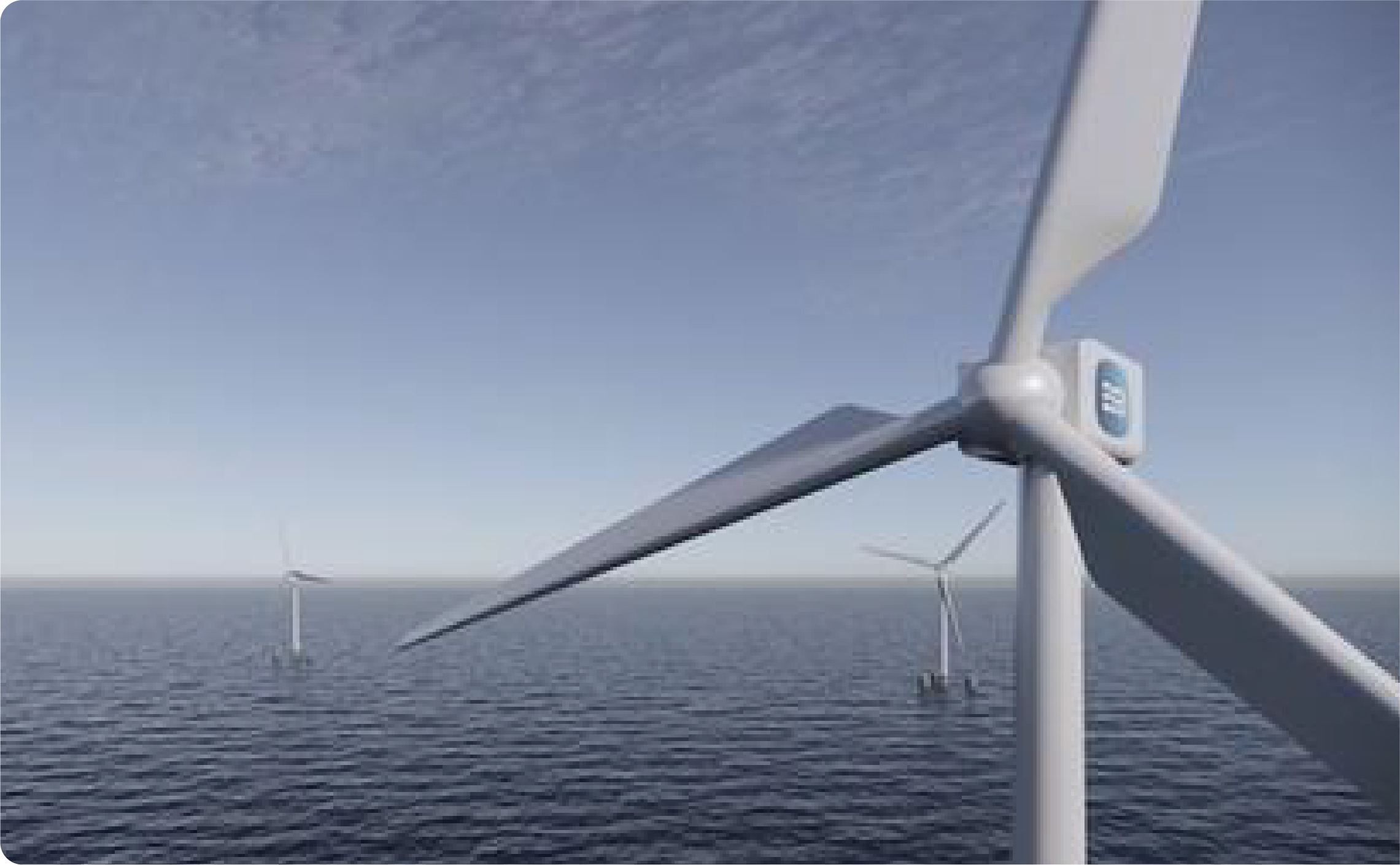Science and technological advances enrich and alter our understanding of our living planet everyday. Yet nothing has remained as mysterious as the deepest depths of our oceans.
The Clarion-Clipperton Zone (CCZ), a deep sea Pacific mountain range, has long been of great interest to scientific research. But with depths greater than 4,000 meters exploration has been limited. However, some of the latest studies have been producing landmark discoveries.
One thing we are certain of is the seabed here contains highly sought after treasures in the shape of ‘sea potatoes.’ There are great fields of these black rocks, rich in cobalt, nickel and manganese. Three of the critical elements for renewable battery power.
Researchers believe that sitting in the CCZ, which represents just 1% of the global seafloor, is the largest source of these elements in the world. ‘Dwarfing everything on land by many orders of magnitude. There are enough metals in situ at two of the sites that would satisfy the needs of 280 million cars. This represents every car in America, or a quarter of the world’s vehicle fleet. (‘The Metals Company, Rory Usher’).
So, how can we retrieve these?
Deep sea mining has historically been too costly for widespread use. But now we see technological advances bringing costs down and prices for many metals shooting up. Perhaps there is a space being carved back out for deep sea mining in a bid to secure a renewable future.
The apparent motivation for deep sea mining, rather than terrestrial mining, is to tap a purer source that would produce less run-off. It would likely have less biomass per square metre compared to the Indonesian forests (the current leading site for this specific mining). The living world at the depths seen at the CCZ are wildly different when looking at population densities to that of the land. But there is life there and as of very recent research… this life might well be dependent on these sea potatoes.
If we look at the area that was mined in 1980’s and how it looks now. It’s barren. The removal or process of removing these metals has resulted in a certain destruction of a habitat. One that has not been able to regenerate; bacteria has not even recovered. This isn’t conclusive, it is a small sample, but it is a significant indicator of the role they play in this environment.
The discovery of dark oxygen
Professor Andrew Sweetman, of the Scottish Association for Marine Science, has been sampling the seabed here for over 10 years and has seen the same spikes in oxygen. Spikes that couldn’t be attributed to photosynthesis – not a lot (any) of light at that depth! Spikes here appear to be created in the water. The seawater it appears, is splitting via natural electrolysis into oxygen and hydrogen.
Polymetallic nodules (also known as sea potatoes) on the seabed, deposits made of the sought after cobalt, nickel and manganese, are being cited as the source of a naturally occurring ‘geo-battery’. Professor Geiger (Northwestern University) found that in the ‘right orientation, multiple nodules can combine to produce high voltages’. Enough to reach the threshold for splitting the elements of the water. A phenomenon never documented before.
So, an exciting scientific discovery runs into some harsh realities. Does the renewable future on land offset the disruption below the sea surface?
The retrieval and use of these precious nodules will provide renewable power to millions of cars on land. Removing the necessity of fossil fuel power. But if they are creating oxygen naturally, in the dark, for the diverse species on the seabed, is this the right course of action. Professor Geiger certainly thinks it puts ‘a major asterisk onto strategies for sea-floor mining as ocean-floor faunal diversity in nodule-rich areas is higher than in the most diverse tropical rainforests.’
We will be watching this space closely and eagerly await more information and research…



